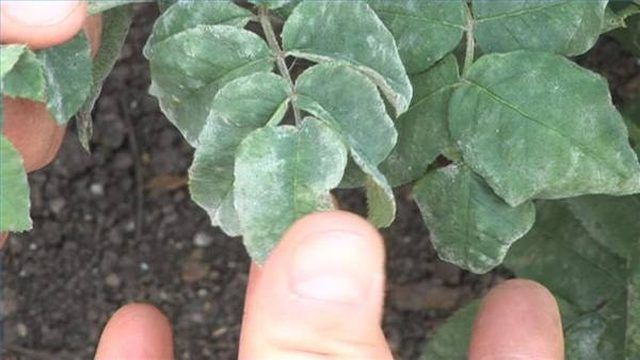Bulbs
Flower Basics
Flower Beds & Specialty Gardens
Flower Garden
Garden Furniture
Garden Gnomes
Garden Seeds
Garden Sheds
Garden Statues
Garden Tools & Supplies
Gardening Basics
Green & Organic
Groundcovers & Vines
Growing Annuals
Growing Basil
Growing Beans
Growing Berries
Growing Blueberries
Growing Cactus
Growing Corn
Growing Cotton
Growing Edibles
Growing Flowers
Growing Garlic
Growing Grapes
Growing Grass
Growing Herbs
Growing Jasmine
Growing Mint
Growing Mushrooms
Orchids
Growing Peanuts
Growing Perennials
Growing Plants
Growing Rosemary
Growing Roses
Growing Strawberries
Growing Sunflowers
Growing Thyme
Growing Tomatoes
Growing Tulips
Growing Vegetables
Herb Basics
Herb Garden
Indoor Growing
Landscaping Basics
Landscaping Patios
Landscaping Plants
Landscaping Shrubs
Landscaping Trees
Landscaping Walks & Pathways
Lawn Basics
Lawn Maintenance
Lawn Mowers
Lawn Ornaments
Lawn Planting
Lawn Tools
Outdoor Growing
Overall Landscape Planning
Pests, Weeds & Problems
Plant Basics
Rock Garden
Rose Garden
Shrubs
Soil
Specialty Gardens
Trees
Vegetable Garden
Yard Maintenance
How to Get Rid of Mildew on Plants
How to Get Rid of Mildew on Plants. Not even plants are safe from the threat of mildew, a spore-like fungus that thrives where darkness and moisture prevail. Plants that have plenty of water and shade are at risk for developing mold. Not all types of mold are harmful, but it still creates an eyesore that can give plants an unpleasant appearance and...

Not even plants are safe from the threat of mildew, a spore-like fungus that thrives where darkness and moisture prevail. Plants that have plenty of water and shade are at risk for developing mold. Not all types of mold are harmful, but it still creates an eyesore that can give plants an unpleasant appearance and foul odor. Eliminating mold from plants is a simple task that reaps great benefits by restoring order to your garden.
Things You'll Need
Baking soda
Dish soap
Spray bottle or garden sprayer
Add 1 tbsp. baking soda into a gallon of lukewarm water.
Add 2 tbsp. of liquid dish soap.
Pour the mixture into a spray bottle or sprayer.
Spray the plants thoroughly, being sure to coat the mildew covered areas well.
Repeat as needed on a weekly basis.
Tips & Warnings
Use dish soap that doesn't contain lotions as they are not as effective.
Do not apply the mixture in direct sunlight as this may harm the plants.
Do not save any leftover mixture as it will not be as effective next time.